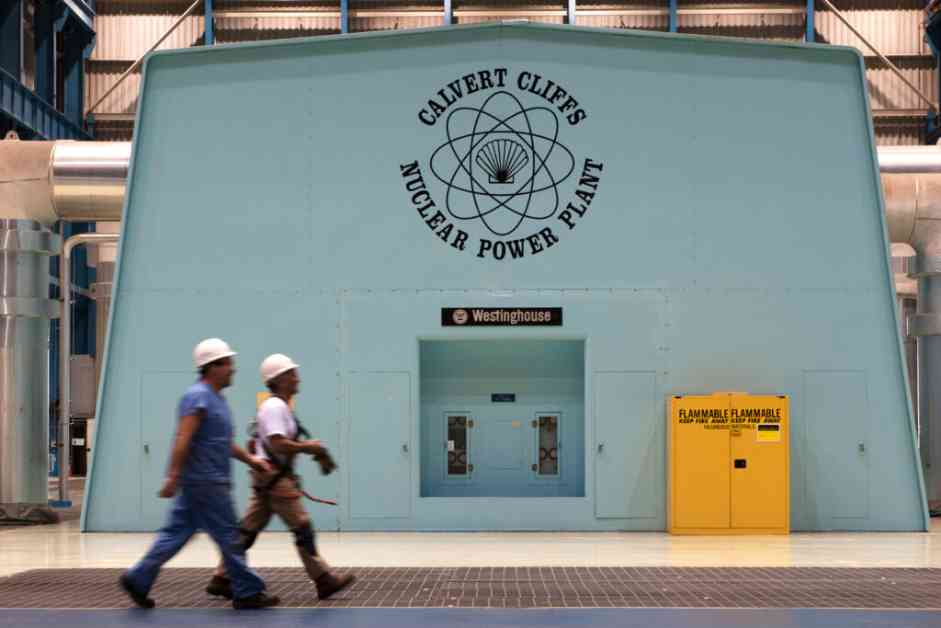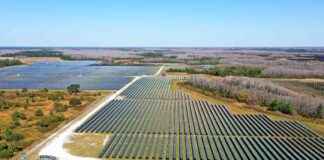Maryland Environmental Advocates Clash Over Energy Future
Maryland’s top environmental groups are embroiled in a heated debate over the state’s energy future, with strong opposition to a legislative proposal endorsing gas-fired power plants as a solution to an impending energy deficit. The environmental leaders argue that prioritizing gas generation represents a significant step backward and criticize PJM Interconnection, the regional grid operator, for inadequate management that has led to this critical juncture.
Environmental Concerns Over Gas Plants
The controversy stems from a recent decision by the Federal Energy Regulatory Commission (FERC) to allow gas-powered plants to advance to the front of the interconnection queue, drawing sharp criticism from environmental advocates. They contend that this move further undermines renewable energy sources and reinforces a system that favors fossil fuels over clean energy solutions.
Carlos Sanchez of the Maryland Sierra Club expressed his dismay, stating, “This is a blatant setback for Maryland’s clean energy transition.” He highlighted the frustration felt by many advocates as thousands of megawatts of wind and solar energy projects remain stalled in bureaucratic processes, while gas plants are fast-tracked.
At a press briefing, leaders from prominent environmental organizations such as the Sierra Club, the Chesapeake Climate Action Network, and the Maryland League of Conservation Voters confronted top Maryland lawmakers for considering gas-fired power plants as a viable energy option. This discussion was part of the “2025 Leadership Legislative Package,” which includes a bill promoting new in-state power generation, including gas-fired and nuclear energy, to replace retiring coal and oil plants.
The Nuclear Energy Divide
While the nuclear energy bill endorsed by Governor Wes Moore’s administration has sparked a rift among environmental advocates, some organizations view nuclear power as a viable, carbon-free alternative. However, grassroots groups argue that investing in nuclear energy would detract from Maryland’s renewable energy goals and divert resources from more affordable clean energy solutions.
The Empowering New Energy Resources and Green Initiatives Toward a Zero-Emission (ENERGIZE) Maryland Act, supported by the Moore administration, expands the state’s clean energy definition to include nuclear power. This legislation aims to establish a new approval process for nuclear projects, emphasizing community benefits and minority business participation, alongside supporting offshore wind and essential transmission infrastructure.
Kim Coble, executive director of the Maryland League of Conservation Voters, acknowledged the role of Calvert Cliffs nuclear facility in Maryland’s energy mix, emphasizing its carbon-free attributes. Despite recognizing nuclear energy as an essential component, Coble cautioned that the high costs and extended timelines associated with new nuclear projects could be counterproductive.
Advocating for Renewable Energy
Environmental leaders have urged Maryland lawmakers to prioritize renewable energy projects that align with the state’s climate goals, rather than investing in new fossil fuel infrastructure. They emphasized the need for clean, cost-effective alternatives while criticizing PJM for its failure to approve adequate renewable energy projects to replace retiring coal plants.
Advocates highlighted a backlog of over 7,000 megawatts of solar and battery storage projects awaiting approval, citing FERC’s decision to fast-track gas plants as a significant obstacle to advancing renewable projects. While PJM contends that nuclear energy is crucial for grid stability, critics argue that the high costs and prolonged development timelines associated with nuclear projects pose significant challenges.
As Maryland navigates its energy transition, the debate between environmental advocates, policymakers, and energy stakeholders underscores the complexity of balancing environmental sustainability, grid reliability, and cost-effectiveness in shaping the state’s energy future. The decisions made in the coming months will not only impact Maryland’s energy landscape but also set a precedent for other states grappling with similar challenges.
Donations from readers like you fund every aspect of what we do. If you don’t already, will you support our ongoing work, our reporting on the biggest crisis facing our planet, and help us reach even more readers in more places? Please take a moment to make a tax-deductible donation. Every one of them makes a difference.
Thank you,
Aman Azhar, Reporter, Washington, D.C.














